The Windows 10 April Update (1803): The Littlest Big Update
by Brett Howse on May 25, 2018 8:00 AM EST- Posted in
- Software
- Operating Systems
- Windows
- Microsoft
- Windows 10
Microsoft Edge Updates
When Windows 10 launched, there was the quiet expectation that, finally, Microsoft would have a browser they could update on the fly, thanks to the capabilities of the OS and its integration with the Store as an app repository. When Windows 10 launched, it would be completely fair to say that the built-in web browser was in an unfinished state. With the ability to update it on the fly though, perhaps they would be able to make a dent in the juggernaut that is Google Chrome.
But, as history has proven, the company has taken the stance that Edge will pretty much only be updated with major version updates of Windows, to the detriment of their users. Some of the update issues would certainly be tied to underlying API changes to the OS, but at the same time, the delay in releasing much-needed features such as extension support just moved more people to other browsers, and many of them will likely never come back.
So that puts Edge in a tough spot. Likely nothing in Windows 10 has improved more since launch than Edge, but it still feels like it’s missing parts and pieces in various places. The good news is that with every update, it gets better.
With the April Update, we have likely the most important update for Edge since Extensions shipped about a year ago with the Creators Update. Edge is now based on EdgeHTML 17, which has a lot of changes under the hood to improve performance, and the browser itself has quite a few new features.
Let’s get the big one out of the way first. With the April Update, Edge now supports Service Workers, and that’s a big deal because Service Workers are one of the key components for Progressive Web Applications (PWAs).
Progressive Web Apps
PWAs are a new class of applications based on web technology. You may have heard of this before, because this isn’t the first time its been tried. But with Service Workers, and several recent APIs such as the Push API, Notification API, and the Cache API, we’re at a point where it’s possible to create truly portable applications based on web technology. They can support offline mode, and interact with the Operating System, with a look and feel that seems like an app running on native code.
One of the keys for PWAs is the ability to cache some or all of the data required for execution so that the PWA can be run in an offline mode, or for use in scenarios where network connectivity is not always guaranteed. Grabbing data from the cache can also help with responsiveness.
The importance of PWAs can’t be understated. Anyone who has used Windows 10 will likely know there’s been a real shortage of quality applications in the store. The strength of Windows 10 is based on its legacy of Win32 apps, but the new Universal Windows Platform was never able to draw the kind of developer interest that it needed to take off. We’ve seen the company help the situation with tools like desktop app bridge, which has allowed developers to bring their Win32 apps to the store. PWAs are not going to fix the Store overnight, but thanks to the support of PWAs across several platforms, developers can bring their PWAs to the store much more easily.
Microsoft has also added the ability for PWAs to be treated like their other supported Store apps, with live tile support, deep linking, and more. You can pin the Twitter PWA to your task bar, and then pin individual people you follow to your Start Menu. That kind of deeper integration is going to take more work by the developers, but the capabilities are there.
And likely the best part of PWAs is that apps it should solve the issue of orphaned apps, which still exist but are never updated any longer. A PWA can be updated just by updating the backend service.
Other Edge Features
Every Windows update, there’s always a bunch of smaller updates to Edge as well. With the April Update, you can now mute tabs by clicking the speaker in the tab bar, which is a welcome addition. It would still be nice to have a more obvious way to see which tabs have audio though, since the iconography used is a bit subtle.
Edge has also picked up a more robust form fill feature, which lets you save your name, address, email, and credit card information when signed in with your Microsoft Account. This is a feature that’s very handy in password managers, so it’s nice to see here as well.
There’s new grammar tools for the Reading view, which is also used for ebooks and PDF viewing. These aren’t for checking grammar though. The tools can highlight nouns, verbs, and adjectives, and break words into syllables to help with comprehension. Reading view can also be used full screen.
Edge also supports “Clutter-free printing” which removes all of the extraneous information from the page when you’re going to print it. That’s a great feature, and should save plenty of trees, or bytes if you print to PDF.
Performance
The elusive factor every browser wants to harness is performance, and the Edge team has made improvements here again. It’s not just about going faster though. Better performance means you can get the work done quicker, which can save energy, which is increasingly important with more and more mobile devices being used. Edge has always touted its efficiency as one of is strengths, and it’s gotten better again.
One of the ways they’ve done that is with improvements to GIF rendering, and GIFs are on around 20% of pages loaded on Edge, so these improvements can become big rewards.
Page loading speeds should also be improved with page layout being rendered with content without waiting for images to download.
Edge has also improved thread management with this update, which will create a more responsive input when the system is busy. On constrained systems, Edge input would be delayed, sometimes substantially, so these scenarios should be much more responsive. That’s also the case with busy pages, where Edge will now more aggressively interrupt tasks that are blocking user input.
With the abundance of tabs that everyone always has open, the work taken up by tabs that aren’t in the foreground can be a draw on CPU usage as well, which ultimately means battery life. Edge will now intelligently suspend background tabs after they’ve not been accessed for a while, so in theory, Twitter shouldn’t slowly start to kill your computer when left open for a week. The tabs are then resumed when accessed, with the team saying most suspended tabs are resumed in less than 500 ms.
In addition, Edge will now lower the page frame rate if a page is in the foreground but not being accessed to save power. This doesn’t impact 3D content or video, but if the page is interacted with again, it’ll go back to the normal framerate.
Where Edge Sits Now
Several years into Windows 10, Microsoft Edge has easily been the most improved part of the platform, with significant performance and usability improvements with every update. It’s always offered arguably the best high DPI rendering for text of any browser for Windows, and it has been coupled with good efficiency as well. The early days were pretty rough, with no extension support, and a host of missing features, but many of those have now been addressed.
Browsers are very personal, and people get attached to the look and feel of what they use, so expecting people to flock back to Edge at this point is likely an unrealistic goal, but regardless, it is a key component of the platform, especially now with PWA support. The browser offers some features others don’t, and performance and usability has made some big improvements, and would likely work well for many users if they ever switch to it, but the real issue for Edge is that the competition never stands still, and they don’t have a must-have feature that will draw a lot of users back.


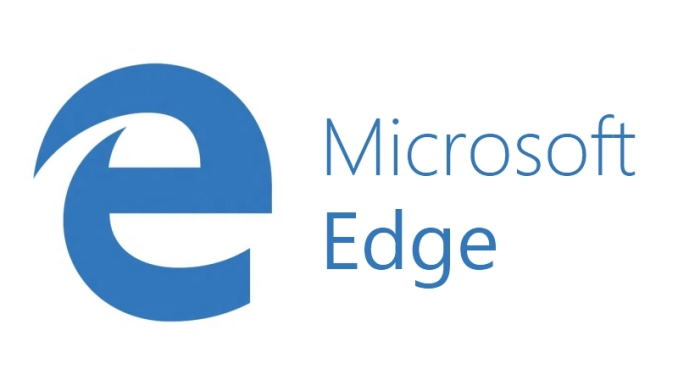

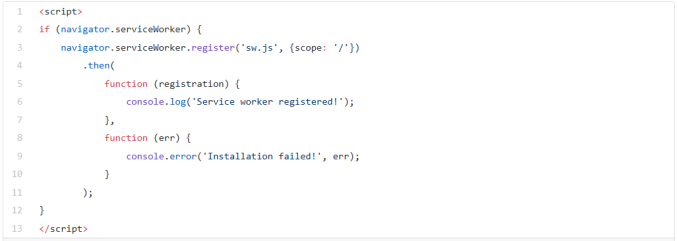

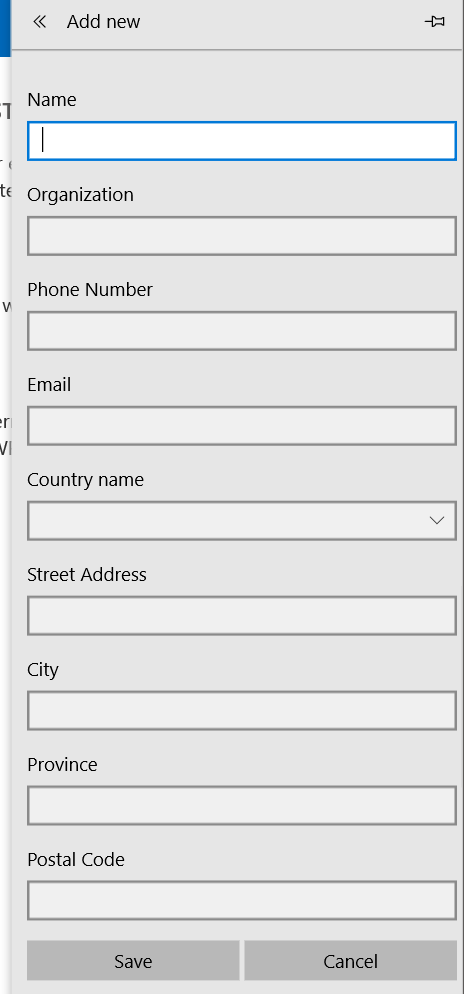
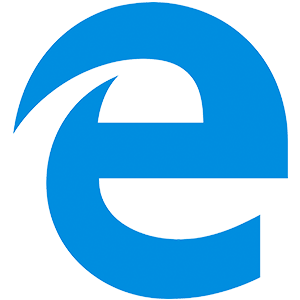
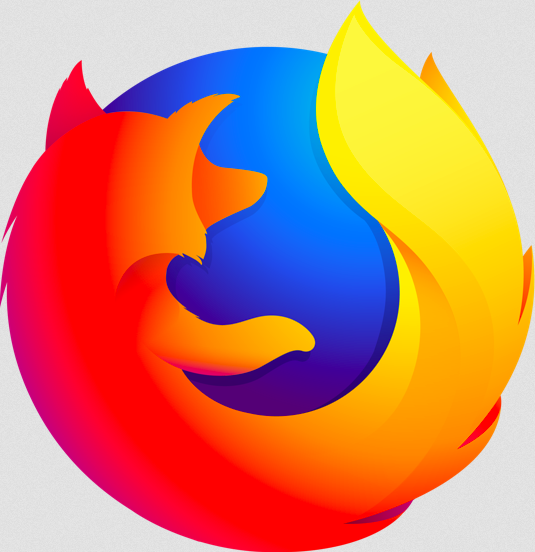









161 Comments
View All Comments
Chad - Friday, May 25, 2018 - link
Been running it fine. Installed fine and everything works good. shrug1_rick - Friday, May 25, 2018 - link
Control Panel's still there. As they add features to Settings, they tend to remove them from Control Panel. At the rate they're going it'll be years before CP goes away completely.ChristopherFortineux - Friday, June 8, 2018 - link
Control Panel is still there where it has always been. Somethings are being moved over. This update I personally have not noticed much gone. New menu has grown on me though. As for Command Prompt it is still there. I haven't noticed anything missing from it.Gunbuster - Friday, May 25, 2018 - link
Wish Microsoft would stop calling it an update when they do a complete fresh install and migrate your apps (if they feel like it)Off to Linux Land - Friday, May 25, 2018 - link
Perhaps using the word "refined" in association with consistently damaging Windows 10 updates is a stretch?This last update (1803) locked my pc up ...again. This time with some weird white screen with Cortana info and that annoying Cortana voice. That was probably fixable -- but, like an idiot, I put my money on Microsoft's "help" lines. After several so-called 'techs' (including one with such a heavy Indian accent that I had to politely ask for someone else), they caused me to 'inadvertently' wipe my hard drive clean. So, no more Windows anything for me. I donated my "new" pc to a local needy family. Going to Linux now, and forever.
Maybe Microsoft could use a little 'refinement' in their help department by contracting their online and phone techs in the USA and Canada... and not India?
damianrobertjones - Friday, May 25, 2018 - link
Haa haa haa. You made me laugh. If you couldn't fix windows then have fun with Linux.P.s. Ensure you have a backup at all times.
Zingam - Sunday, May 27, 2018 - link
I installed Linux last week. I wasted several hours trying to set grub to hide the boot menu without any success the best I could do it to set the timeout to 1 sec. The second thing was I installed the proprietary driver and Good bye Linux - it wouldn't pass after the loading screen. It even locked up while navigating the grub boot menu to safe mode. Sorry but Linux as a desktop has always been a trash even compared to Win95.PeachNCream - Monday, May 28, 2018 - link
I've been straddling between Linux and Windows since 8 was released. Dual boot or, more recently, using Linux on my primary PC while an older box runs Win7 just in case I need a MS OS for something. It's been a long and slow transition, but at this point, I've found that I barely turn a PC on these days since my phone I good enough for most chores and I'm already carrying it. However, when 7 is no longer getting updates, I will just walk away from Windows altogether since Linux Mint is perfectly adequate for those few times that I still need a conventional PC for something.ChristopherFortineux - Friday, June 8, 2018 - link
If you rarely need to use your PC just keep Windows 7 on it. By the point you need a new PC chances are you will be an entire phone user.Mikey Wiz - Friday, May 25, 2018 - link
I updated and have had all kinds of problem. Lost connection to WHS, had to reinstall connector. Wifi keeps dropping. Several games deleted. Lost saved passwords. Very annoying to say the least.